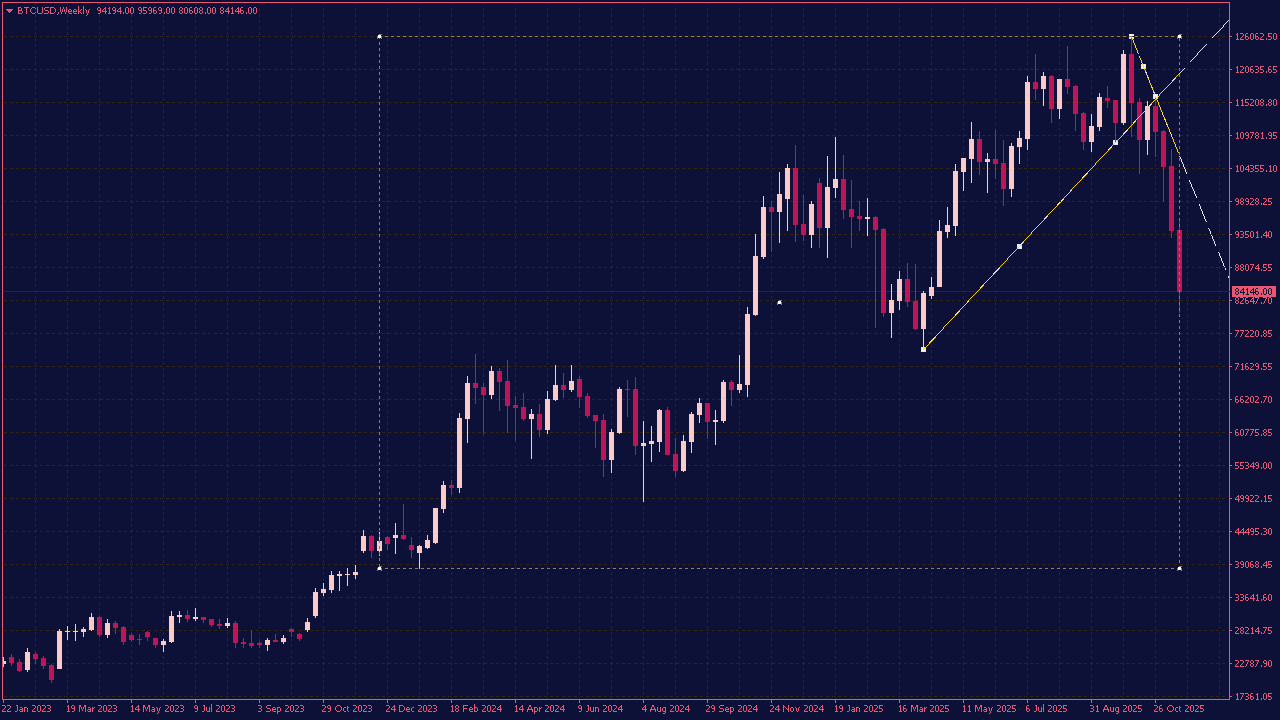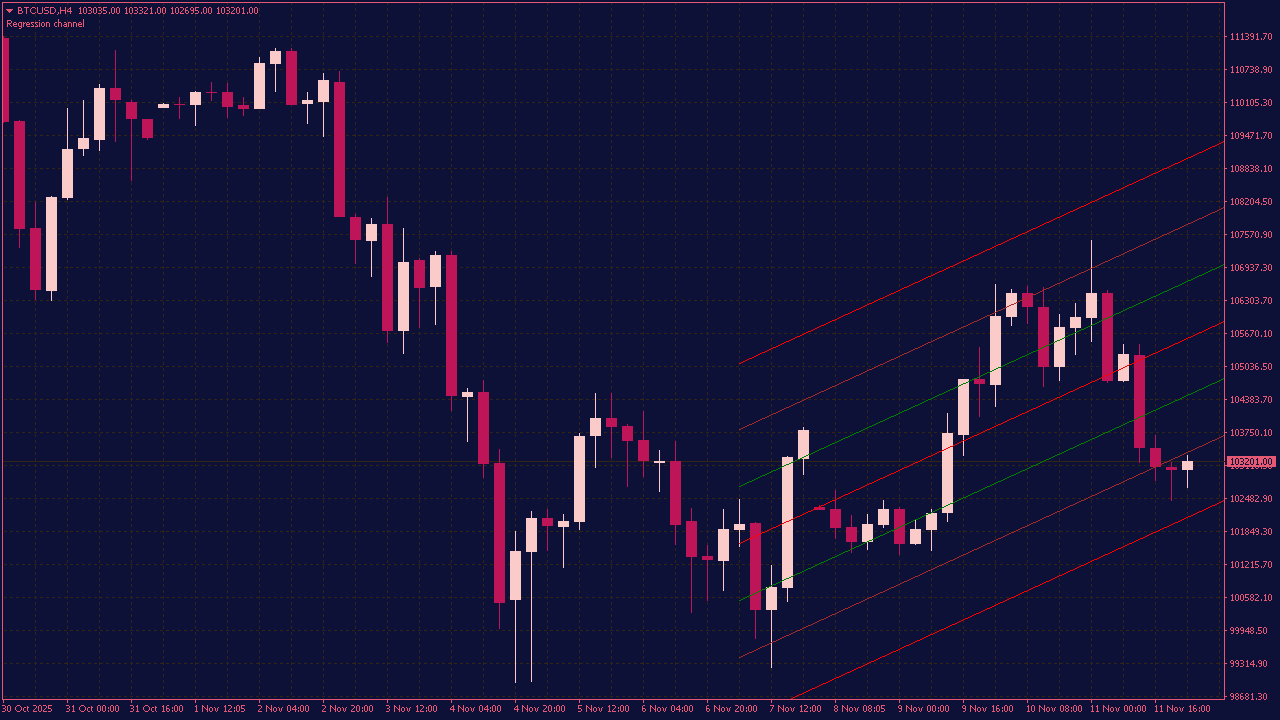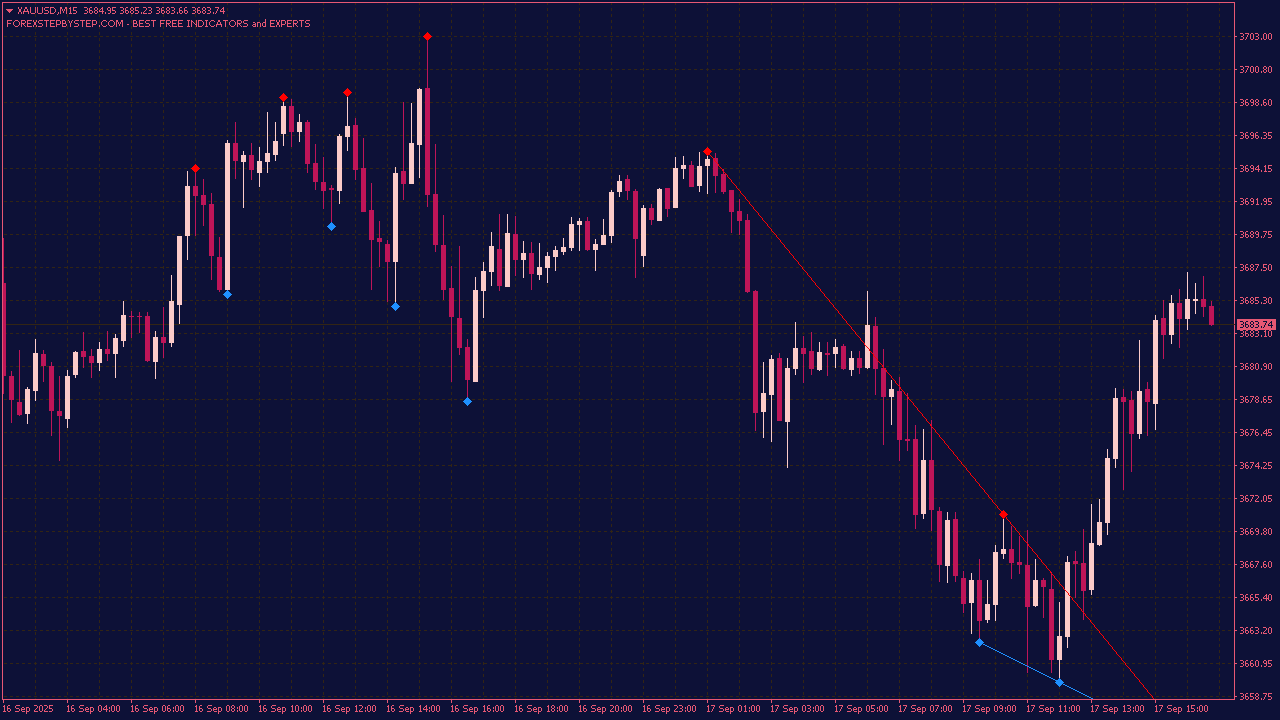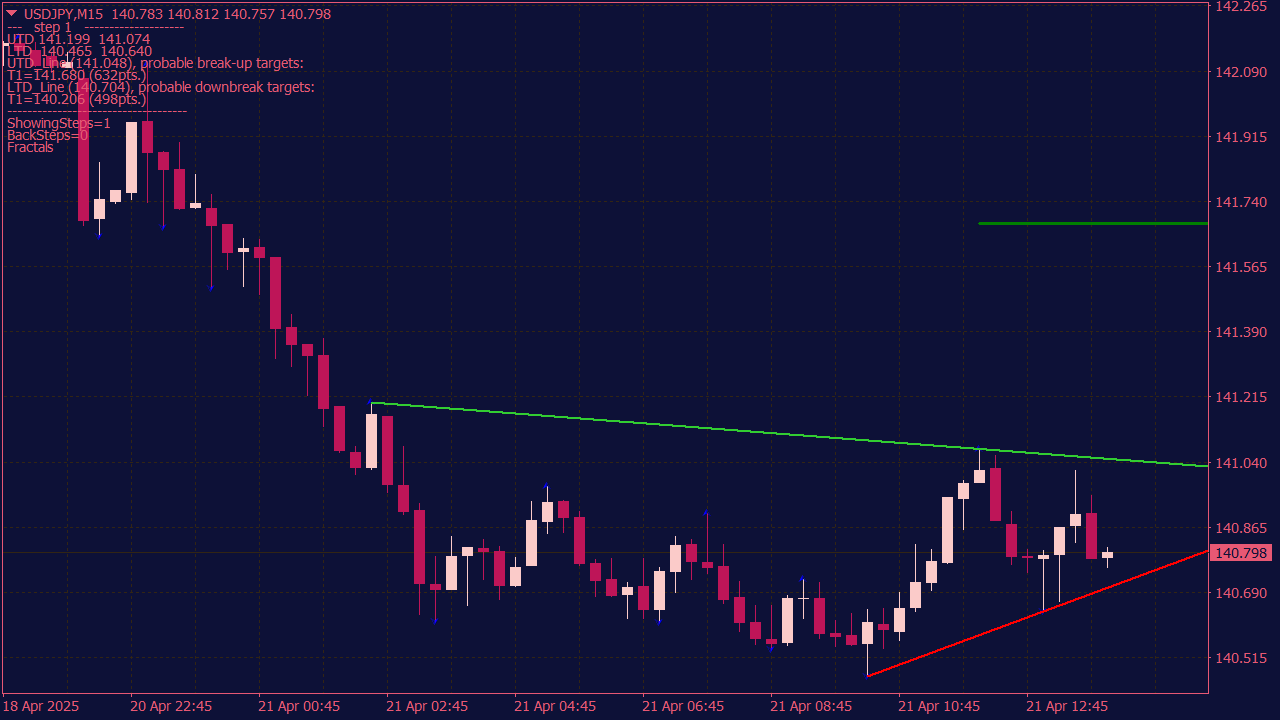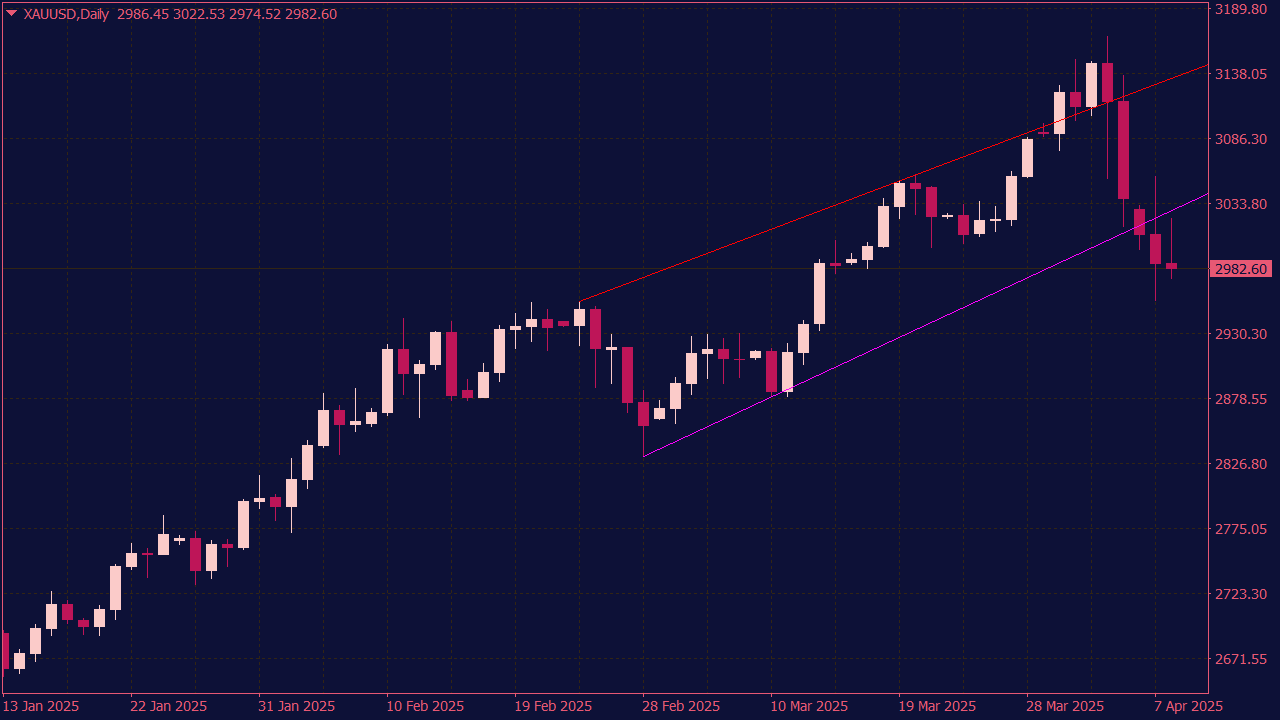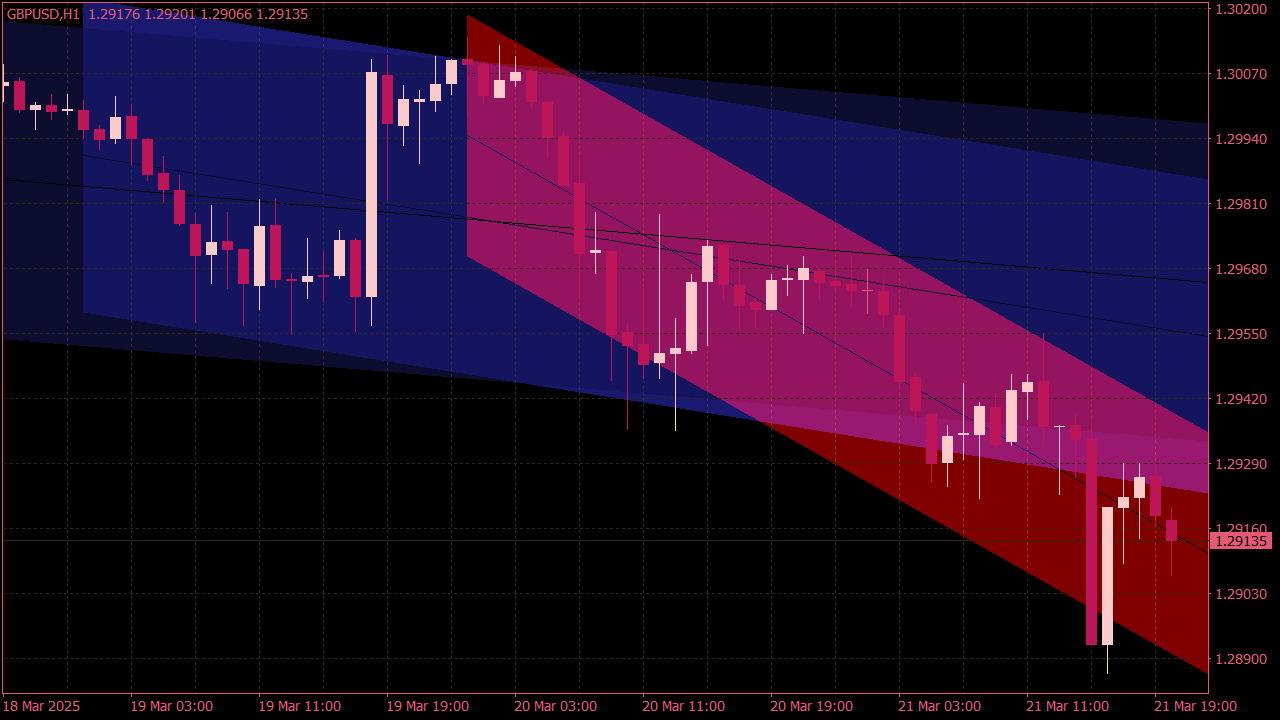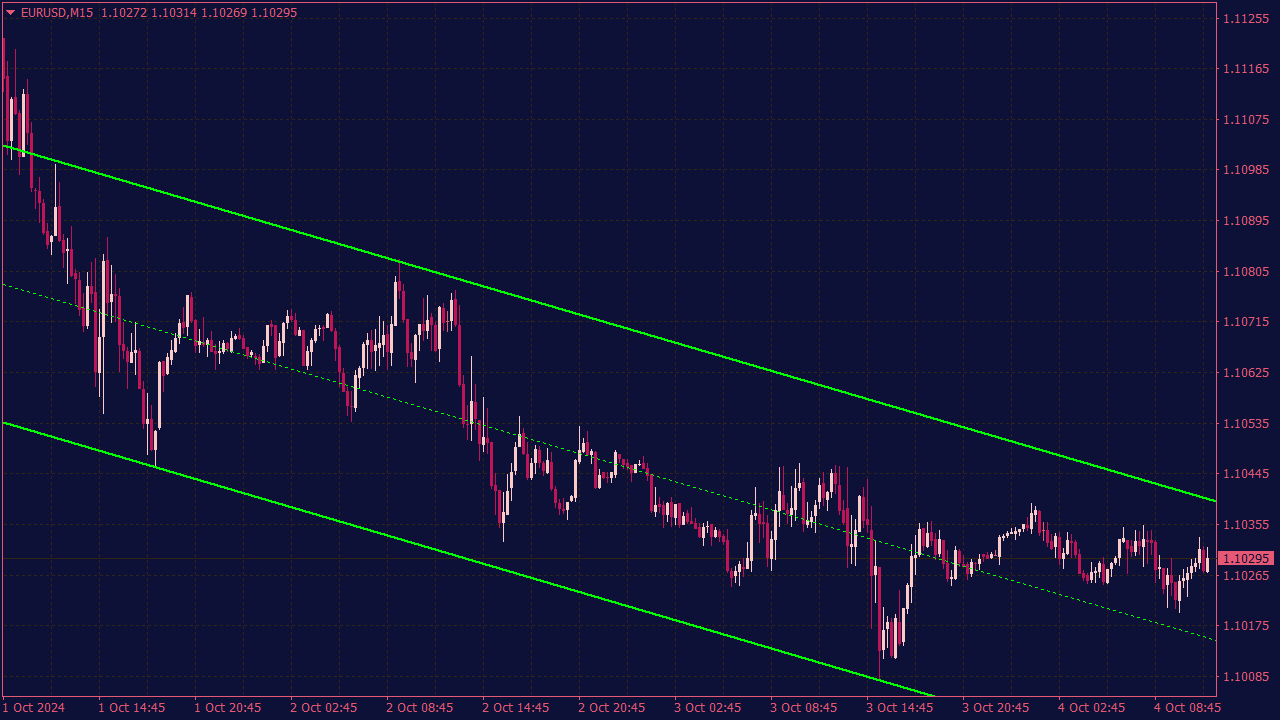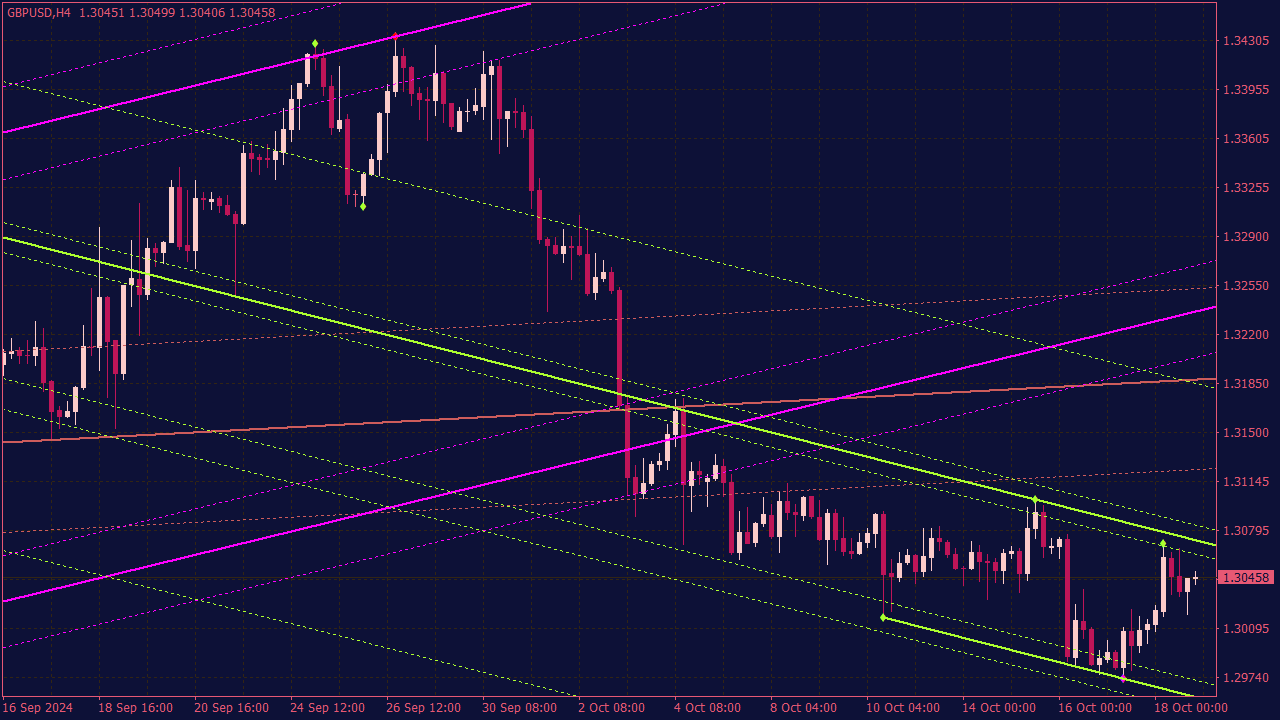Waves Indicator with Trend Lines
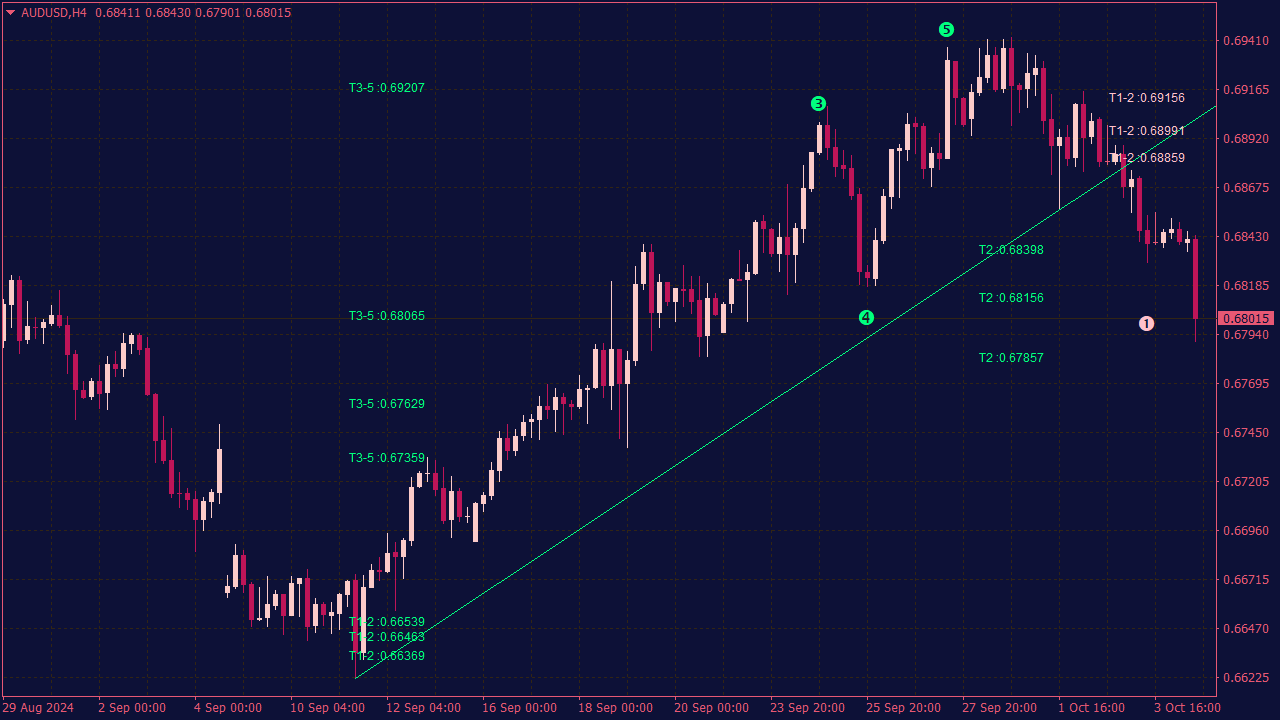
The Waves Indicator, often used in technical analysis, indicates price movements and helps identify potential trends and reversals through wave patterns. Trading rules with the Waves Indicator typically involve entering a trade when the price moves beyond established trend lines, confirming the wave's direction. For bullish trades, look for price to break above a resistance trend line, particularly after a wave low. Conversely, for bearish trades, enter when the price falls below a support trend line after a wave high. Additionally, combining the Waves Indicator with other tools, such as Fibonacci retracement levels or moving averages, can enhance the accuracy of trade signals. Always manage risk with stop-loss orders and consider market context.
